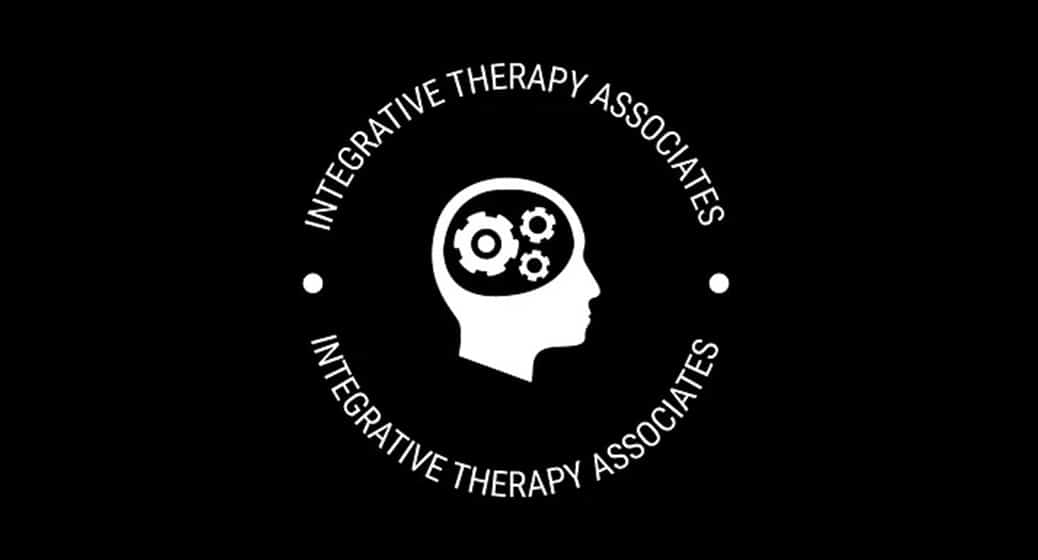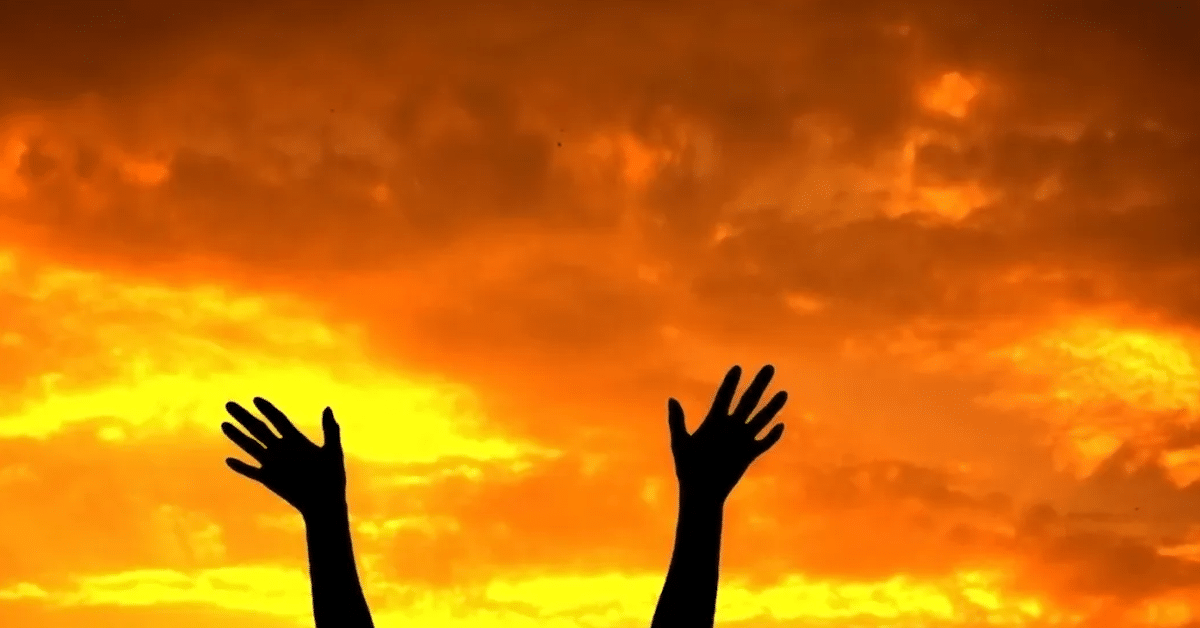I want to discuss the impact of trauma on children. A trauma response is a reactive feeling expression after a traumatic experience. We have all heard about fight, flight, freeze, and fawn. It’s really simple to figure out that some people fight back; some run away; some take no action; and some will attempt to appease the threat.
This is just the beginning of the trauma cycle. Traumatic experiences cause what I call a “glitch” in the brain. Clinicians can typically tell at what age a trauma has occurred in a person’s life. Their negative behaviors are age-appropriate at the time of the trauma. For instance, if an 8-year-old experiences a sexual trauma and their trauma is not addressed and processed, when they are 15 years old, they will often display 8-year-old behavior during times of stress as an emotional reaction.
Let’s take that a little deeper. The brain is a puzzle-solver, so after a traumatic experience, it wants to make sense out of it. What happens when the brain can’t make sense of the situation? Our body remembers the trauma, even when the traumatized person isn’t consciously thinking about the experience. Every memory has a feeling attached, right? During stressful situations, the feeling of the traumatic memory, or the state level memory, is activated. This state level memory can be activated by a sound, a smell, a similar situation, or any other sensory/feeling trigger.
Now, let’s go a little deeper. A traumatized child may exhibit any number of behaviors:
Children – rages, extreme friendliness (no “stranger danger”), tearfulness, thumb-sucking, whining, separation anxiety, defiance, regressive behaviors (bedwetting after being dry), sexualized behaviors, depression, school behavioral problems, detachment, zoning out, need for increased structure, poor affect regulation.
Adolescents – anger, significant behavior and mood changes, distrust of others, promiscuity, school behavior and performance issues, truancy, court involvement, substance abuse, defiance, running away, high risk behaviors, depression, self-injury, suicidal and/or homicidal ideation, isolating behaviors, extreme compliance, zoning out, bullying.
Let’s break it down to the trauma responses:
Fight: anger, rage, defiance, lashing out in multiple settings, poor affect regulation, self-injury, promiscuity, homicidal ideation, sexualized behaviors, separation anxiety, court involvement, and bullying.
Flight: running away behaviors, substance abuse, truancy, distrust of others, and suicidal ideation.
Freeze: tearfulness, thumb-sucking, whining, depression, isolating, regressive behaviors, detachment, and zoning out.
Fawn: extreme friendliness and extreme compliance.
Can you see that anger is not simply anger? It’s the trauma response of FIGHT. Many children or teens will exhibit angry mood and behaviors and not know why. Unfortunately, when trauma is not addressed, the negative behaviors associated with the trauma response can continue well into adulthood and present as:
Anger issues, anxiety, depression, difficulty with developmental expectations, inconsistent employment, unstable relationships, distrust of others, poor boundaries, difficulty parenting, substance abuse, disengagement, controlling behaviors. Can you identify the trauma responses here? Identifying how negative behaviors correlate to the trauma response provides a pathway for treatment without the guesswork.
Keep Reading
Want more? Here are some other blog posts you might be interested in.








